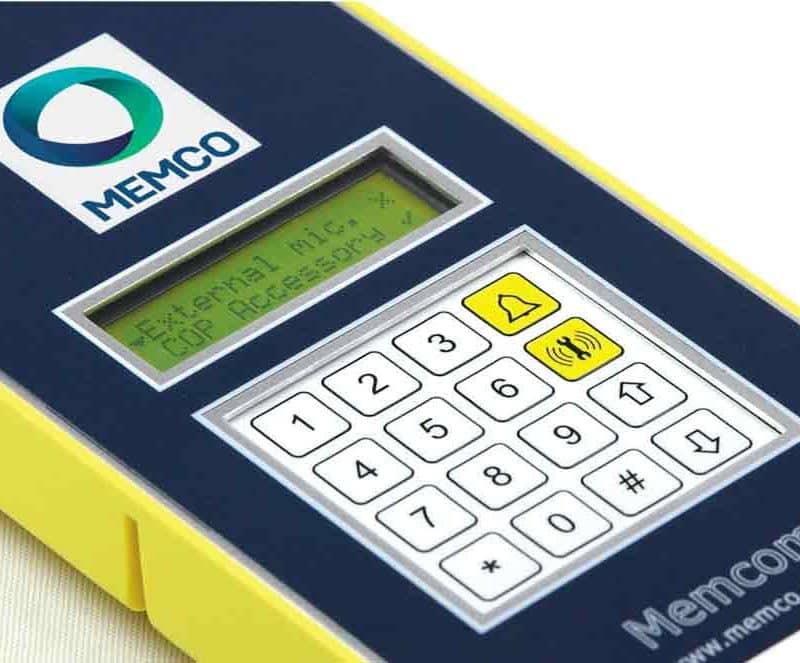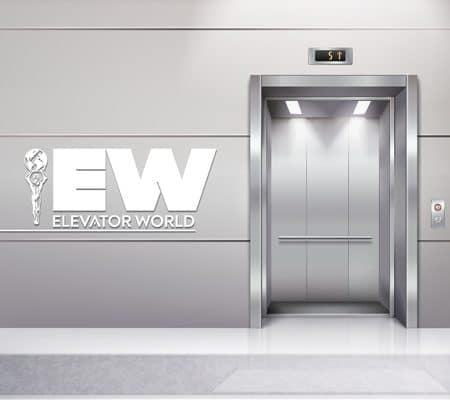by by Ning Li, Yihui Ruan, JieFeng Li and Bin Elevator maintenance personnel often have to climb to the top of an elevator to repair or maintain it. In order to ensure safety, EN 81-1:1998 and GB 7588-2003 have established various stipulations. When the counterweight rests on its fully compressed buffer(s), the following conditions shall…
Read MoreThe EN 81-28 standard was developed and introduced in 2003 to minimize the hazards and risks associated with passenger entrapment in elevators. According to Adrian Shiner, convener of CEN TC10 WG4 at the time of EN 81-28’s development, the standard was required for several reasons: On average, a person cannot survive longer than three days…
Read MoreElevators contain numerous components that function in every possible way and location, and are monitored by various answering services. However, ESRM Communications, LLC realized two years ago that parts of the elevator community had not yet embraced the requirements of the most recent American Society of Mechanical Engineers (ASME) code concerning two-way communication devices. To…
Read MoreThe National Electrical Code (NEC) devotes an entire article (NEC 620) to requirements for elevator wiring, along with other specialized mandates for dumbwaiters, escalators, moving lifts and stairway chairlifts (ELEVATOR WORLD, April and June 2012). The code’s overall purpose, stated in its introduction, is the practical safeguarding of persons and property from hazards arising from…
Read MoreRichard Blaska, principal of RCB Elevator Consulting, LLC and owner of Smart Elevator Tech, LLC, was born and raised on a beef and dairy farm in Sun Prairie, Wisconsin. “We had a large shop on our heavily mechanized farm, and we made or repaired all of our own equipment,” Blaska said. “In those days, you…
Read MoreYour author’s “Elevated Fiction” History article (ELEVATOR WORLD, June 2012), examined several detective and mystery novels that incorporated an elevator as a key plot element. This month, a different set of fictional narratives will be examined. However, the literary examples included in this month’s article are, perhaps, slightly less “elevated” than the previous examples: these…
Read Moreby Fritz King, Mats Lundström, Sirpa Salovaara and Peter Severin As building heights increase, so do the number of lifts, lift shafts, associated energy usage and passenger wait and travel times. The loss of rentable/sellable floor space and escalating energy costs challenges the viability of high-rise buildings. This article explores a new and innovative solution…
Read MoreThis Chicago elevator company celebrates its humble beginnings and growth from a two-person operation in a woodworking shop. Since 1888, Matot, Inc. has been thinking “inside the box.” It all began on the north side of Chicago when Duffy Adolph “D.A.” Matot, a master carpenter, made his vision of providing refrigeration equipment and functional dumbwaiters…
Read MoreStrong turnout highlighted the two-day event that combined several seminars and 85 stands. A good number of lift professionals attended the LIFTEX 2013 exhibition and seminar held at the ExCeL Exhibition Centre in London on May 22-23. The number of visitors increased 26% compared to the previous exhibition in 2010, which suggests interest in the…
Read MoreThe Canadian Elevator Contractors Association (CECA) Convention records its highest numbers to date. The 39th Annual Canadian Elevator Contractors Association (CECA) Convention took place on June 4-8 at the impressive locale of Niagara Falls, Canada. Those arriving on the first couple days were able to take advantage of clear and comfortable weather before overcast skies…
Read More















